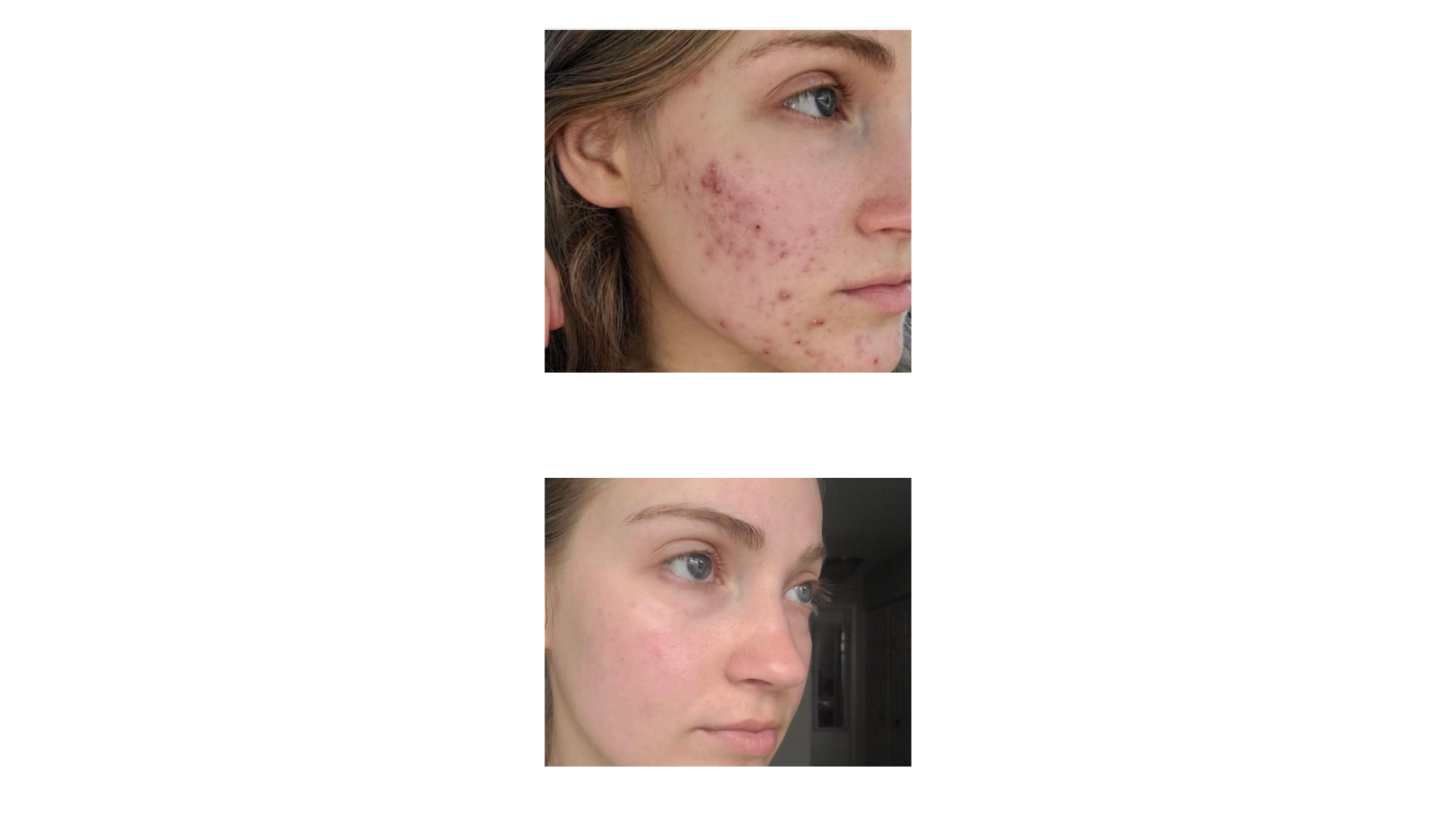Understanding Seed Cycling and Moon Syncing: A Guide to Hormone Balance
If you are experiencing irregular periods, instead of "balancing" your hormones with the birth control pill, try a gentle but effective approach.
Seed cycling for hormone balance and syncing your menstruation with the phases of the moon can be incredibly empowering!
How Does Seed Cycling Work?
The idea behind seed cycling is that seeds contain various nutrients that can help with hormone balancing.
For example, some seeds contain fatty acids, and other seeds contain lignans. Fatty acids help with hormone production and balance, and lignans help bind up excess hormones.
Flax, Chia, & Pumpkin Seeds for Follicular Phase
During your follicular phase (*usually* day 1-14), your estrogen slowly starts to rise to prepare to release an egg, triggering a sudden release of LH and FSH to promote ovulation.
Flax seeds, chia seeds & pumpkin seeds contain high levels of fatty acids to help regulate these hormones, avoiding extreme fluctuations. The omega-3's in these seeds help regulate FSH levels, reduce inflammation, and help produce sex hormones.
Sesame & Sunflower Seeds for Luteal Phase
On the other hand, your luteal phase (usually days 14-28) should show a rise in progesterone and estrogen in order to thicken the lining of your uterus to prepare for a fertilized egg (and pregnancy).
Consume sesame & sunflower seeds during your luteal phase because they contain lignans that can support estrogen/progesterone balance.
How many seeds should you consume for seed cycling?
You should take about 1-2 tbsp of the corresponding seed each day to see the benefits of seed cycling.
How Long Does it Take for Seed Cycling to Work?
Seed cycling isn't a quick fix solution. Give it 90 days (along with healthy lifestyle behaviors) to see regular menstrual cycles. Incorporating seed cycling into your monthly routine is a great way to support hormone balancing.
If you want to really encourage hormone balance, try syncing your menstrual cycle with the moon phases! If you're thinking, "that can't be real," let me change your mind! There are actual studies on it!
Moon and Menstrual Cycle
By turning to the moon and its phases, nature can help us reconnect with our body's natural rhythms. Did you know the average length of women's menstrual cycles matches the moon's 29.5-day waxing and waning cycle?
This is why many cultures associate the moon with fertility. It's been thought that women ovulate around the full moon and get their period around the new moon.
Is Moon and Menstrual Syncing Real?
While some people don't believe that the menstrual cycle and moon phases are connected, there are actual studies to back it up!
According to a study in Science Advances, there was a significant association of menstruation onset with the new moon. From this study and other insight, researchers suggest that both moonlight and the moon's gravity influence menstruation. How cool is that?
It also showed that women's cycles who were in sync with the moon phases lived in rural areas where the moonlight could be seen. On the other hand, women whose cycles did not sync with the moon's light cycle were night owls.
So could our current way of living and exposure to loads of artificial light at night (screen time and abundance of electricity) override the potential menstrual syncing effects of moonlight?
It’s a high possibility! We know that artificial light at bedtime messes with your hormones after all.
If we look at human evolution and how closely connected we are with nature, it's no surprise that our bodily cycles, like our menstruation, sync with that of the universe, right?
New Moon and Menstruation
When your body goes into the menstrual phase, it can commonly align with the new moon. In fact, in a study of 826 females (ages 16-25) with a normal menstrual cycle, 28.3% of the women had their period around the new moon.
Waxing Moon and Follicular Phase
It has been thought that your follicular phases align when the moon is waxing, preparing for a full moon. This is when your estrogen levels are rising, contributing to more energy and creativity.
During this phase of the moon, it's an excellent time to dive deeper into growing friendships and business and let your creativity flow.
Full Moon and Ovulation
When the full moon hits, historically, women would ovulate around this same time. Fun fact- women who received their periods during the full moon time were known as healers.
Waning Moon and Luteal Phase
As the moon transitions into a waning cycle, women also transition into a new phase- their luteal phase.
During this time, your progesterone rises, and it's nice to embrace relaxation. Practice a great deal of self-care, gentle stretching, and just slowing down.
This is also a great time to truly rest and honor your body's cues.
Pair Seed Cycling With the Phases of the Moon
Using these two practices together can get your menstrual cycle regular again and can help you be more in tune with your body.
When you understand what's going on in your body and know how to support natural processes, it can empower you and remind you that YOU are in control of your health.
So, how can you get your menstrual cycles synced up with the moon phases, especially if you have irregular periods?
I would suggest that you start seed cycling with the moon phases.
This would look like taking 1-2 tbsp of organic* Flax seeds, chia seeds & pumpkin seeds starting with a new moon.
Then once a full moon hits, transition to consuming 1-2 tbsp of organic *sunflower seeds and sesame seeds.
Irregular periods cannot only be annoying, but with irregular periods also comes other symptoms like heavy periods, spotting, infertility and PCOS symptoms.
Please know that birth control isn't your only option. There are ways to be in tune with your body and utilize natural and effective approaches to balancing your hormones.
In addition to seed cycling and syncing your hormones with the phases of the moon, try to incorporate the following tips into your daily routine.
How to Fix Irregular Periods Naturally
Eat a well balanced organic, whole foods diet
Get movement in every day. This doesn't have to be an intense workout. Even a peaceful walk outside, a morning bike ride or a fun game of tennis is great!
Avoid environmental toxins by swapping out your chemical-filled beauty products with non-toxic alternatives.
Practice stress management techniques: allow yourself to fully rest every day. This could include restorative yoga, meditation, journaling, or even a nice massage and bubble bath!
Get functional lab testing performed to see which hormone imbalances are going on within your body. I recommended a mineral analysis so we can see how your body is doing on a cellular level.










